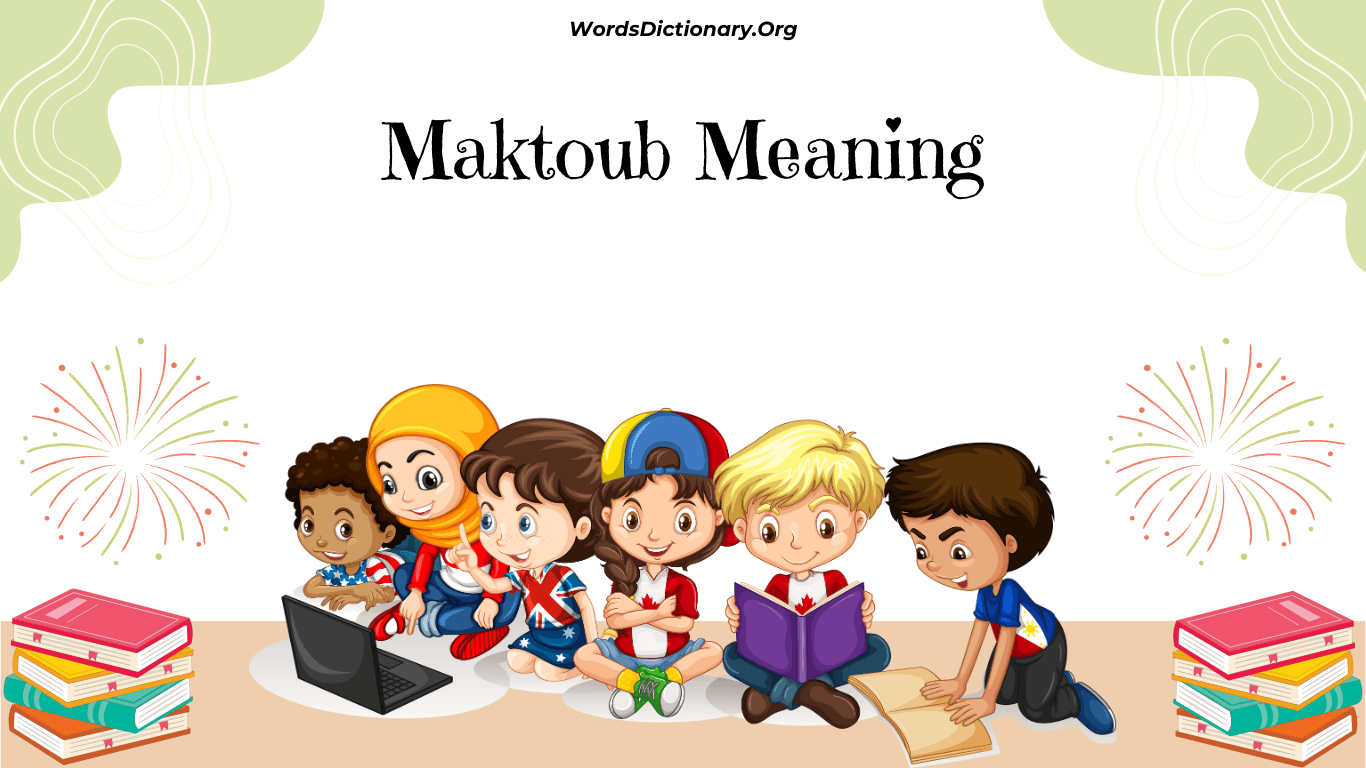Skill Issue Meaning: Navigating the Challenges of Skill Gaps in Various Contexts
Skill Issue Meaning: Bridging the Gap in a Skill-Driven World
In a rapidly evolving world, skills have become the currency of success, influencing everything from employment prospects to personal growth. The term 'Skill Issue' has emerged as a catch-all phrase to describe the challenges associated with skill gaps and shortages. In this article, we will delve into the 'Skill Issue' meaning, its implications in various contexts, and how individuals and organizations are working to address it.
1. Deciphering the 'Skill Issue'
At its core, a 'Skill Issue' refers to a situation where there is a significant gap between the skills required for a task, job, or situation and the skills possessed by individuals or groups involved. This gap can manifest in various ways, from workforce skill shortages to educational challenges.
2. The Educational Landscape
In the realm of education, the 'Skill Issue' meaning is closely tied to the misalignment between the skills taught in educational institutions and the skills demanded by the job market. As industries evolve and technology advances, traditional educational systems often struggle to keep pace with the rapidly changing skill requirements.
3. Employment and Workforce
In the context of employment, the 'Skill Issue' encompasses the challenges faced by both job seekers and employers. Job seekers may find themselves underqualified for positions due to skill gaps, while employers may struggle to find candidates with the specific skills they need.
4. Technological Advancements
The rise of automation and digitalization has intensified the 'Skill Issue.' As technology continues to reshape industries, individuals must acquire new skills to remain competitive in the job market. This has led to a growing need for upskilling and reskilling efforts.
5. Economic Implications
The 'Skill Issue' carries significant economic implications. Skill shortages can lead to reduced productivity, increased labor costs, and hindered innovation. On the other hand, a well-skilled workforce can drive economic growth and competitiveness.
6. Addressing the 'Skill Issue'
Recognizing the 'Skill Issue' is the first step toward addressing it. Organizations, educational institutions, and individuals are taking proactive measures to bridge skill gaps. This includes investing in training and development programs, embracing lifelong learning, and fostering a culture of continuous improvement.
7. The Role of Technology
Technology plays a pivotal role in both exacerbating and mitigating the 'Skill Issue.' On one hand, automation can eliminate the need for certain skills, leading to skill obsolescence. On the other hand, technology can facilitate online learning, remote skill development, and access to resources that help individuals acquire new skills.
Conclusion
The 'Skill Issue' is a multifaceted challenge that transcends sectors and industries. It underscores the importance of adaptability, continuous learning, and proactive skill development in today's dynamic world. Whether you're a student, a job seeker, or an employer, recognizing the 'Skill Issue' meaning can empower you to take action, embrace skill development opportunities, and stay ahead in a skill-driven world. By addressing skill gaps collectively, we can work toward a future where individuals and organizations are equipped to thrive in an ever-changing landscape.

Comments
Post a Comment